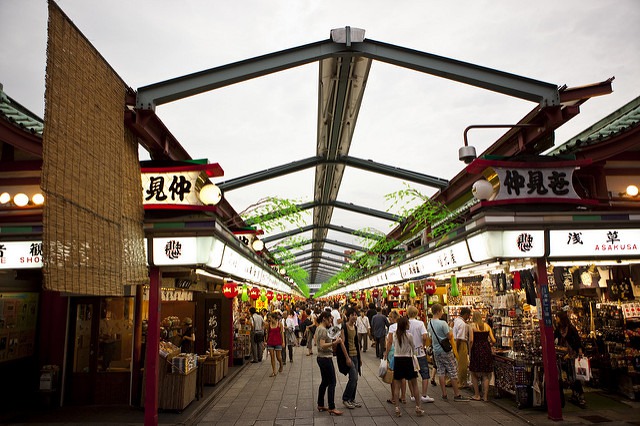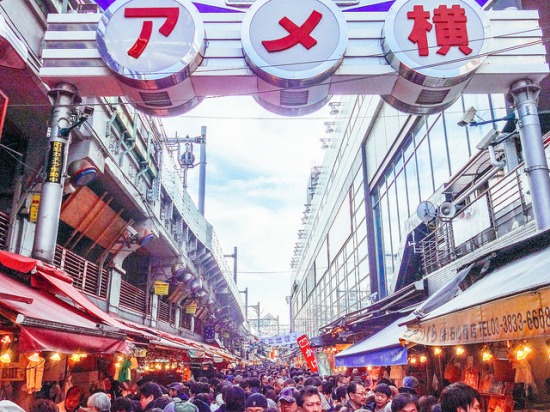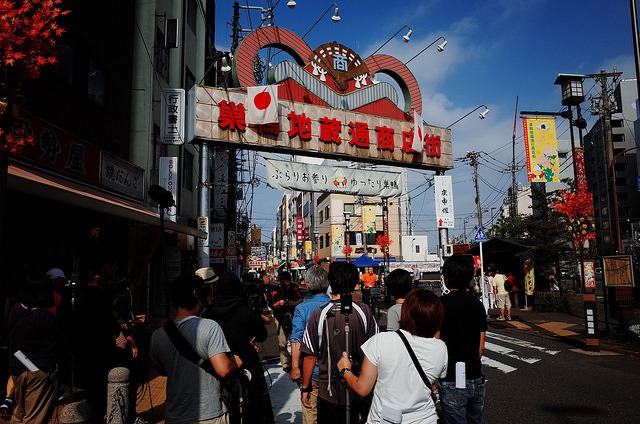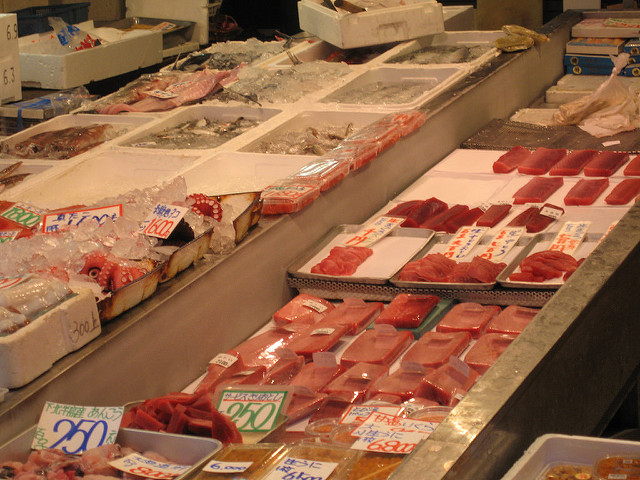
Enjoy Tokyo's traditional appearance! 10 Shopping Streets
Shoutengai (shopping streets) are convenient for both shopping and walks. There are many store fronts facing the street. In Japan, from eras like the Edo Period, there are time-honored "in these areas, these kind of people live and conduct trade" rules. From these roots, stores with fixed categories linked together to become shoutengai.
This post may contain affiliate links. If you buy through them, we may earn a commission at no additional cost to you.
"The shoutengai (shopping street) is a district where lots of stores have collected."
"In shoutengai, generally there are stores clinging to both side of the street."
"In the Edo period, there were ports and towns built around a temple or shrine, and along the highways there were collections of inn towns and temples. In modern times, there are also shoutengai around subway stations."
If you come to Tokyo, these are the top 10 shoutengai you definitely should visit. You can enjoy the atmosphere of Japan's halcyon days. Though they're not modern, maybe you can come into contact with the kindness of Japanese people.
It's the shopping street on the way to Sensoji. If you want Japanese-style souvenirs, here's the place. Though it's an area that originally opened up in the era of the Edo shogunate by Tokugawa Ieyasu, it suffered a lot of damage during the Great Kanto Earthquake of 1923 and was rebuilt to look like what it is now. You can say it's a shoutengai with history. There's all sorts of seasonal events, including a samba festival in August! Since you've come all this way, definitely check out an event.
Every year on year-end television programs, this street is filmed crammed with people doing their first shopping trips of the year. It is so popular that it's called one of Japan's representative shopping streets. Every night the perishable food goes on discount, but it's also loved as a place where you can find necessities for your every day life.
There are about 400 stores here.
While this definitely isn't a fashionable place, you can find all your practical needs here. Also, there's a Jizou called "Tounuki [Tweezer] Jizou" (real name: Kouganji), so in this place where religion and the life cycle coexist, you can get your fill of the "Japanese air." It's a place you should definitely check out once.
It's an area that was started from reclaimed land in the beginning of the Edo Period. Originally an area where samurai families lived, it became a settlement for foreigners, but after the Great Kanto Earthquake of 1923 it eventually changed into what it is now. Because the level of freshness handled at Tsukiji Market is that they handle the food alive, it's a place where people can see the "virtues of life".
Because there are many shops where you can eat fresh seafood for a modern price, it's a perfect place to experience Japan's dietary culture.
Monzen-nakacho Shoutengai
This area is the "monzen" (the town built around a shrine) that flourished between the Tomioka Hachiman Shrine and Fukugawa Fudou Temple so there's still a remnant of the "Edo" atmosphere to it. There's the "Yokozuna Rekishi Monument" at Tomioka Hachiman, which is a stone monument with the names of yokozuna and rekishi sumo champions carved into it.
Compared to other shoutengais, the shoutengai at Monzen-nakacho has an image of a street that sprung up naturally. You can experience the unadorned downtown style. It's the shoutengai best matched up to someone who doesn't have a goal and simply wants to look around leisurely.
Kappabashi Tool Town
Recently, it's become popular as retail shops have flourished among the wholesale shops. You can get lots of kitchen tools like knives and pots as well as the internationally famous Japanese clay food samples that look like photographs. It's a shoutengai that can boast a history of 100 years, with a vast selection of items. It's not just for people who work in the food industry, but also people who simply like cooking.
Togoshi-Ginza
It's so narrow that the image of "Japanese shoutengai" is very strong.
This is the very first of the "something-Ginza" name that now dots Japan. During the Great Kanto Earthquake of 1923, they gathered bricks from the Ginza ruins and built this area on the lowlands. They called it "Togoshi-Ginza."
Because it's close to the station, in the evening it's crowded with people doing their shopping on the way home from work. It's also full of restaurants with freshly prepared food, so it's called a shoutengai that's fitting for one's livelihood.
There are shops that sell the Usa karaage meal that is currently popular in Japan, so it's an area overflowing with liveliness.
Azabu-Juban Shoutengai
It's a priceless area where you can stroll and shop leisurely while looking up at Azabu's landmarks as well as Roppongi Hills. Though there are a lot of modern stores, one of its main characteristics is that it also has a lot of stores that have been around since the Edo Period. You can enjoy dishes like tonkatsu and shabu-shabu, and it's a useful place to try Japan's food culture. When you're walking around, definitely check out some of the alleyways. It's exactly what you think it's like.
Musashi Koyama Shoutengai - PALM
The shoutengai boasted as the longest in Japan. If you enter, it not only has daily necessities and fresh food products, but also a wide variety of restaurants, so you could live out your life here and only here.
Shimokitazawa Shoutengai
The information in this article is accurate at the time of publication.












